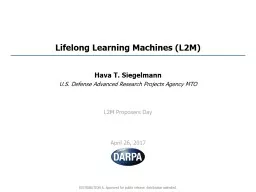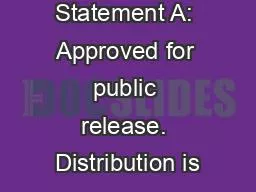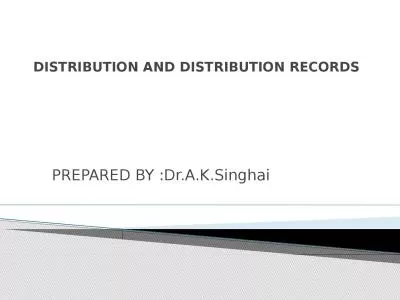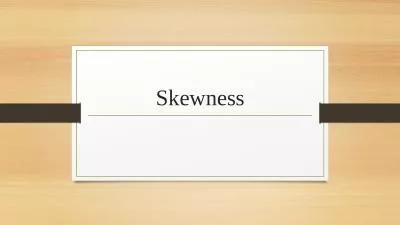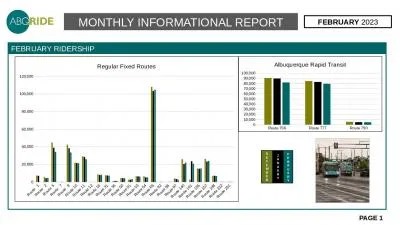PPT-February 13 Distribution
Author : danika-pritchard | Published Date : 2018-12-12
Math You need paper amp pencil LT What is distribution You have to STUDY Distribution The concept of a channel of distribution Who channel members are Nonstore
Presentation Embed Code
Download Presentation
Download Presentation The PPT/PDF document "February 13 Distribution" is the property of its rightful owner. Permission is granted to download and print the materials on this website for personal, non-commercial use only, and to display it on your personal computer provided you do not modify the materials and that you retain all copyright notices contained in the materials. By downloading content from our website, you accept the terms of this agreement.
February 13 Distribution: Transcript
Download Rules Of Document
"February 13 Distribution"The content belongs to its owner. You may download and print it for personal use, without modification, and keep all copyright notices. By downloading, you agree to these terms.
Related Documents










